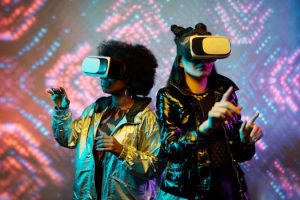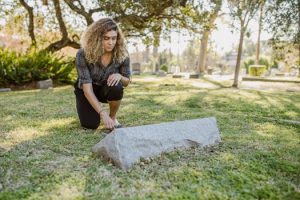Personalized Learning Plans: Tailoring Education to Individual Goals
In the traditional education system, students are often expected to fit into a one-size-fits-all model. However, this approach often leaves students feeling unmotivated and disengaged, with little room for individuality and personal growth. But what if there was a way to tailor education to meet the unique needs and goals of each student? This is where personalized learning plans come in. With the advancements in technology and a shift towards individualized learning, personalized learning plans are emerging as the future of education. Let’s explore how personalized learning plans are changing the way we approach education and how they can benefit both students and educators.
The Importance of Personalized Learning Plans
Personalized learning plans, or PLPs, are education plans that are specifically designed to meet the individual needs, interests, and goals of each student. Unlike the traditional one-size-fits-all approach, PLPs utilize a student-centered approach, where the student takes an active role in their own learning journey. This shift from a teacher-centered approach to a student-centered one has proven to be highly effective in engaging and motivating students, leading to better academic performance and long-term success.
In today’s fast-paced and constantly evolving world, students need more than just basic academic knowledge to thrive. They need skills, such as critical thinking, problem-solving, and adaptability, to navigate through challenges in the real world. This is where PLPs can make a significant impact. By tailoring education to each student, PLPs provide a more well-rounded education that goes beyond just academic excellence.
The Benefits of Personalized Learning Plans for Students
PLPs focus on each student’s strengths and interests, which means they can pursue their passions and develop their own unique talents. This not only creates a more meaningful learning experience for students but also boosts their self-confidence and self-awareness. In addition, PLPs foster a growth mindset, where students are encouraged to take risks, learn from their mistakes, and constantly improve. This mindset is crucial for personal and professional growth, making PLPs a valuable tool for students’ long-term success.
Moreover, personalized learning plans create a sense of ownership and responsibility in students towards their own learning. As they actively participate in the planning and tracking of their progress, students develop essential organizational and time-management skills. They also learn to set realistic goals and work towards achieving them, teaching them valuable life skills that they can utilize beyond their academic years.
Enhancing the Teaching Experience with Personalized Learning Plans
While personalized learning plans have numerous benefits for students, they also have a positive impact on educators. With the help of technology, teachers can create and update PLPs efficiently, saving them time and energy. By having a better understanding of each student’s needs and goals, teachers can tailor and adapt their teaching methods, leading to more effective learning outcomes. This personalized approach also allows teachers to build stronger relationships with their students, creating a supportive and collaborative learning environment.
Additionally, PLPs offer a way for teachers to assess and track students’ progress more accurately. By continuously monitoring their students’ performance, teachers can provide timely and personalized feedback, helping students improve their understanding and skills. This also eliminates the need for standardized testing, which is often viewed as a source of stress and pressure for students.
Implementing Personalized Learning Plans
While personalized learning plans have become increasingly popular, it is essential to note that they are not a one-size-fits-all solution. PLPs require careful planning, implementation, and continuous evaluation to be successful. Before implementing PLPs, educators must assess their students’ needs and goals, clarify their educational objectives, and identify suitable tools and resources to support the personalized learning journey.
Furthermore, strong communication and collaboration between students, teachers, and parents are crucial for the success of personalized learning plans. Students must have a say in creating their PLPs and be active participants in monitoring and adjusting their progress. Teachers must regularly communicate with students and their parents to ensure PLPs are effectively meeting the student’s needs and goals.
The Future of Education is Personalized
The world we live in today is constantly evolving, and the same goes for the field of education. With the rise of technology and the shift towards student-centered learning, personalized learning plans are transforming the way we approach education. By tailoring education to each student’s needs, interests, and goals, PLPs are creating a more engaging, meaningful, and personalized learning experience. As we continue to embrace personalized learning plans, we can look forward to a future where education is more inclusive, flexible, and tailored to the individual.
Conclusion
Personalized learning plans are not just a trend; they are the future of education. By focusing on the individual needs and goals of each student, PLPs provide a more meaningful and tailored learning experience. Through PLPs, students can develop essential skills, such as critical thinking, problem-solving, and adaptability, which are crucial for their personal and professional growth. Educators also benefit from PLPs, as they can adapt their teaching methods, assess students’ progress accurately, and build stronger relationships with their students. As we continue to embrace personalized learning plans, we can look forward to a future where education is tailored to individual goals, providing students with the tools and skills they need to succeed in the real world.








